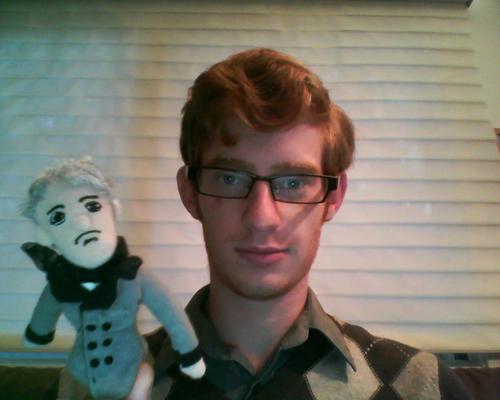Anya Kamenetz is the author of Generation Debt, DIY U, and most recently, The Edupunks’ Guide to A DIY Credential. She is also a senior writer at Fast Company Magazine, where she writes the column Life in Beta. Anya took the time to answer a few of my questions on education for the Shareable readers. You can also read an excerpt of the Edupunks’ Guide here and download the full guide in PDF or ereader formats here. (edupunksguide.org)
MH: Why write the Edupunks’ Guide now? More students than ever are going to traditional colleges, and politicians in both parties seem intent on getting all of them there. Why is this the time to break the trend?
AK: I disagree. Despite what politicians may say, they’re not doing what needs to be done to offer an affordable, quality college education to those who need it. There’s three crises affecting the traditional college: cost, access, and quality.
Access: I see huge capacity problems coming from growing international demand, as well as a large-scale withdrawal of state support from the public university system. States such as Michigan and Ohio are privatizing their flagship universities.
Cost: College tuition has risen more than any other good or service in the US economy, including health care, consistently since 1978. This is unsustainable, period, in any scenario.
Quality, or perhaps I should say relevance: Students are justifiably upset that their educations are no longer keeping up with what they need to know for a fulfilling life or connecting them reliably to good jobs. I hear all the time from MBAs, social entrepreneurs, law students, sustainable designers, computer engineers, and liberal arts majors, to name a few, that their curricula are inadequate, behind the times and disconnected from the real world.
2. You’ve written about education loans before in Generation Debt, what’s the relationship between debt and the Edupunks’ Guide?
Well, I think the edupunk/DIY approach is important in itself because it’s about people’s ability to learn together what they need to know without having to pass muster with a centralized authority. Free and open peer-based knowledge networks are great places for new ideas to flourish, and they support the kind of lifelong learning that we all need to engage in.
At the same time, university credentials are going to be around for a while. And student loans are at an all-time high. They’ve been growing even as other forms of debt are down. I don’t see universities significantly altering their operating models to meet the need for affordable quality unless they have some real competition, and I think a serious and nationwide edupunk movement could start to provide that.
Do you see the kind of self-teaching you describe in the guide as a replacement for, or a supplement to, a traditional college education?
One way of looking at it, as someone commented on Twitter, is that all learning is DIY. You can pay Harvard $40,000 to lead you to water, but you have to drink it yourself.
[image_1_big] You worked with the Gates Foundation on this ebook, an organization notorious for backing charter schools, merit pay, and standardized tests. How does that relate to the guide’s punk ethos?
I think the Gates Foundation chose to support my work because they saw it as a way of furthering their program goals, which broadly include increasing educational opportunities for underserved students as well as advancing innovation in education as they see it. I chose to accept their support because it enabled me to update the work I’d done in DIY U, to spend more time talking to learners, which I hadn’t done much of for DIY U, and to experiment with lots of new (to me) ways to get my ideas out there. I was excited about creating a free resource for people, and beyond the free e-book, there’s going to be a website that the community can annotate and update, an open course running on P2PU, and a series of events.
My accepting funding from the Gates Foundation to research and publish this guide doesn’t constitute an endorsement of their other program goals. If instead the Edupunks’ Guide had been funded by a publishing contract from Random House, that wouldn’t mean that I agreed with all the ideas in the books published by other Random House authors.
The natural audience for this ebook seems to be college-age folks, but there’s no reason it’s appeal couldn’t be larger. Who do you think of as the audience for the Edupunks’ Guide?
The average age of a college student in this country is 26, so “college-age” doesn’t mean what it used to!
I’m trying to expand the definition of “edupunk” to reach anybody who doesn’t fit the traditional college mold because of their interests or circumstances but who are interested in learning and furthering their educations.
I’m making concerted efforts to network with programs like The Future Project and Roadtrip Nation, in high schools, and LearnerWeb, in adult literacy centers, to make sure the guide gets in front of people with less money and/or less access to technology.
If your readers could take one thing from the guide, what would you want it to be?
I want them to get excited!
The proliferation of free resources and open communities means that more than ever, the future of learning is wide open, accessible, and in your hands.









